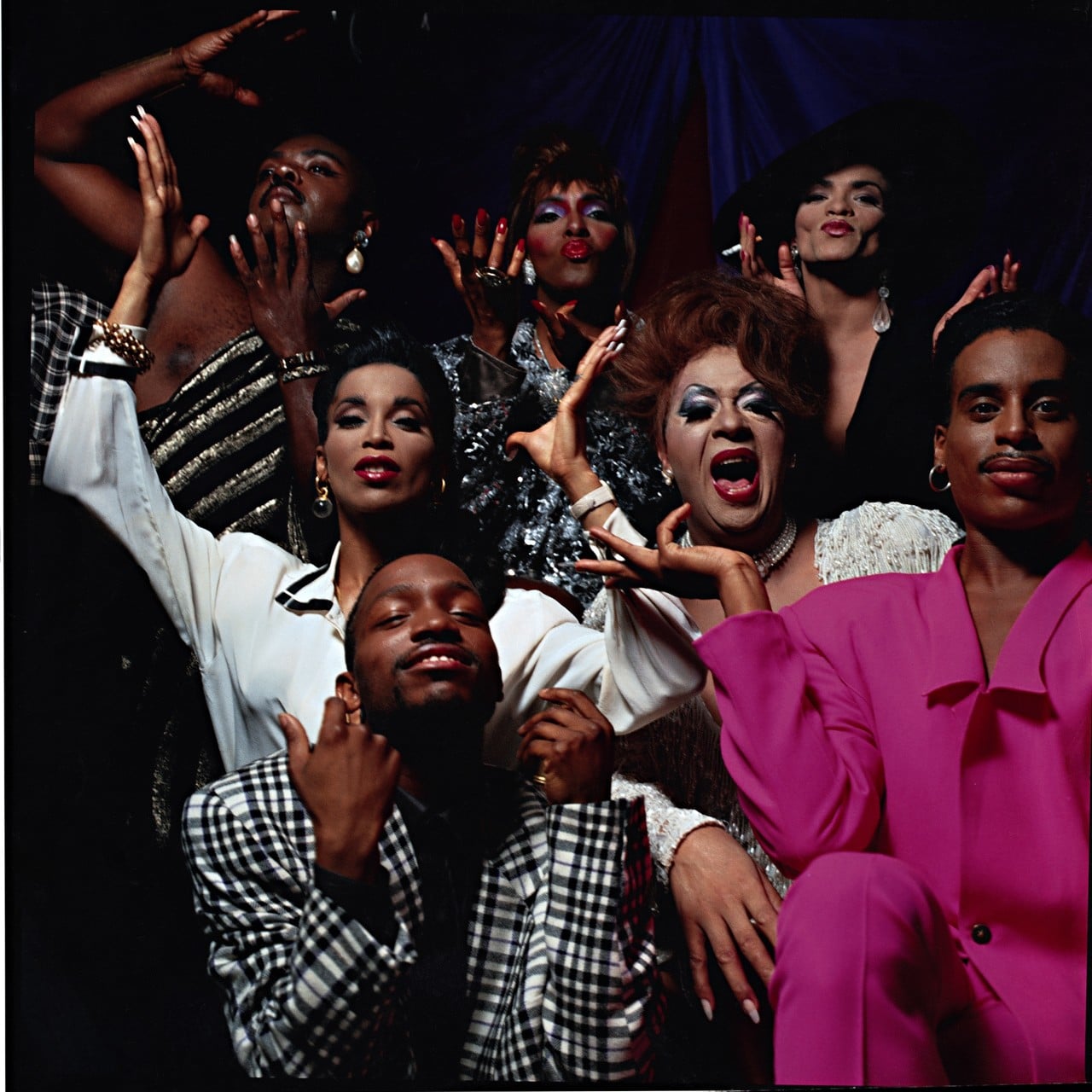A Look At The Underground Ballroom Scene In ‘Paris Is Burning’ Documentary

In Jenny Levison’s documentary “Paris is Burning,” she focuses on the underground ballroom scene in 1990s New York City.
Janus Films
The documentary “Paris is Burning” focuses on the 1990s ballroom culture in New York City. Director Jennie Livingston followed African-American and LatinX people in the gay, trans, and drag queen communities who participated in these elaborate balls.
The art of voguing wasn’t created by Madonna, but by the underground ballroom scene. It was a way for participates to “throw shade” at one another on the runway.
The events were made up of “houses,” that were each named after a legendary participant. In the documentary, the House of LaBeija, House of Ninja, House of Corey, and the House of Xtravaganza are highlighted.
In a time period where homophobia, transphobia, the AIDS crisis, and homelessness were even more widespread realities for LGBTQ communities, the “houses” became a place of refuge.
“In the early ’70s and ’80s, many people were alienated from their families, so you picked a chosen family. There was a mother and father figure to try and replace the biological family that you lost,” said Kierra Focks, who was the House mother of Escada until 2008.
Atlanta’s Wussy Mag and Out on Film partnered to present the documentary tonight at the Plaza Theatre.
After the screening, there will be a Q&A session with legendary ballroom figures.
City Lights’ host Lois Reitzes sat down with Out on Film director Jim Farmer and Focks to discuss the film.
“When I saw this film, it made such a lasting impression on me. I still remember the last monologue at the end of the film where Dorian says, ‘you leave a mark on life just getting through it and maybe having a few people remembering your name.’ That just stuck with me, it’s so universal,” Farmer said.





